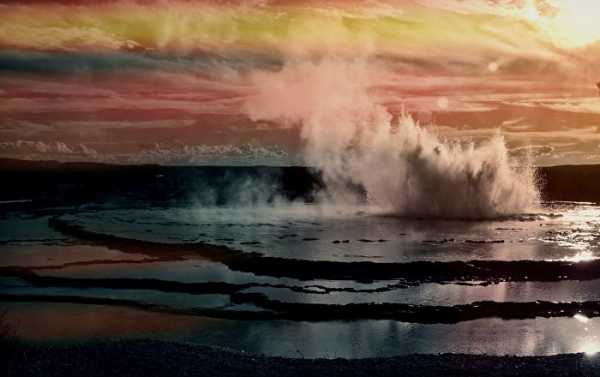
The 3,472 square mile park known for its wildlife and geothermal features is located in the western United States, with parts of it in the states of Wyoming, Montana, and Idaho. However, the geological activity in one area has puzzled experts for years.
An area the size of Chicago in Yellowstone National Park has been “breathing” in and out for decades due to magma intrusion, that’s according to a recent study published in the Journal of Geophysical Research: Solid Earth. A team of scientists from the US Geological Survey has for years tried to solve the mystery behind the deformation of the Norris Geyser Basin, the hottest one in the park.
Between 1996 and 2004, the area there rose 4.7 inches (10.6 centimetres) a year only to sink back down 2.8 inches between 2005 and 2013. Following a brief pause, the area started to rise again, this time at a much higher rate of 5.9 inches a year. The process stopped after a 4.9 magnitude earthquake hit the area.

Prehistoric Norris Geyser Basin
Beneath Yellowstone National Park there is a supervolcano, which scientists say last erupted about 640,000 years ago. However, analysis of satellite-based radar and GPS data has led researchers to believe that magma is still flowing beneath the surface and is responsible for these “breathe in and out events”.
Researchers say that following a pause in 2014, the area began to rise again in 2016 and did so until 2018. The results of the study have led scientists to believe that magma intrusion is also behind the rise in activity of the Steamboat Geyser. Last August, it broke a record when it erupted for a 33rd time.
Sourse: sputniknews.com






